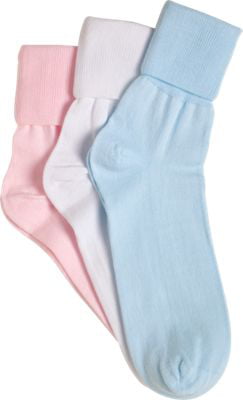
These socks come in several colors: tan, white, and black.

#Buster brown socks for men plus#
The socks are specifically designed with no sewing thread or elastic exposed so they won’t rub against their skin, plus they offer seamless toes. The compression design allows for reducing lactic acid build-up and encouraging oxygen circulation. STOPSOCKS Athletic Non Slip Non Skid SocksĪbout: Stopsocks are stylish, stretchy compression socks that focus on reducing slippage through rubber traction patterns on the soles. Longer nails can make even the best pair of socks feel uncomfortable! Best Socks for Elderly Seniors: Reviews 1. Quick Tip: Make sure a senior is regularly keeping their toe nails trimmed with a solid set of nail clippers ideally designed for senior use. Avoid socks with seams around the toes, which can generate discomfort and even blisters. Seniors often prefer socks with wide, non-binding cuffs, which won’t rub against the ankles and cause discomfort. If a senior is really struggling to put socks on, a sock assist aid may be a helpful option to consider! Seniors with limited mobility may prefer socks that are easy to put on, so look for socks that won’t easily tangle or bunch up when putting them on. Many modern socks have moisture-wicking technology, which will draw moisture away from the feet to reduce sweat and odor.
#Buster brown socks for men skin#
Seniors with sensitive skin will want socks made of breathable fabrics, which can reduce irritation and prevent rashes by ensuring that moisture is not trapped within the sock. While they won’t be appropriate for all footwear, many seniors prefer longer socks to reduce any chance of their bare skin chafing against the shoes. Don’t forget that extra-thick socks can also effect which size shoe or snow boot you might purchase.

Some seniors will want to consider purchasing extra-thick socks, which will provide more cushioning, warmth, and reduce foot pain as a result. Traction padding on the bottom of the socks can prevent a senior’s feet from slipping on the floor, reducing the risk of falls that can result in injury. Many people don’t realize that problems with circulation can also contribute to foot ulcers and wounds, which are some of the most common complications for elderly seniors.įactors to Consider While Choosing a Senior-Friendly Sock

Seniors are more prone to developing circulation issues and dry skin as they age, which can make it necessary for them to wear socks with added cushioning and increased thickness. Older people have more sensitive skin than younger folks, which is why the standard socks they’ve worn in the past may no longer be up to snuff. In this article, we’ll break down what type of socks seniors should look for, and discuss why the elderly usually have more specific sock requirements. The elderly should look for socks that have a good grip around the toes, have anti-slip traction, and opt for socks with reinforced cushioning to provide proper support. Many seniors will want soft, comfortable socks that offer extra traction over a standard sock, in order to reduce one’s chance of slipping and falling. As individuals get older, their feet change and the socks seniors prefer may need to change as well.


 0 kommentar(er)
0 kommentar(er)
